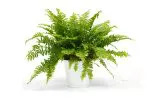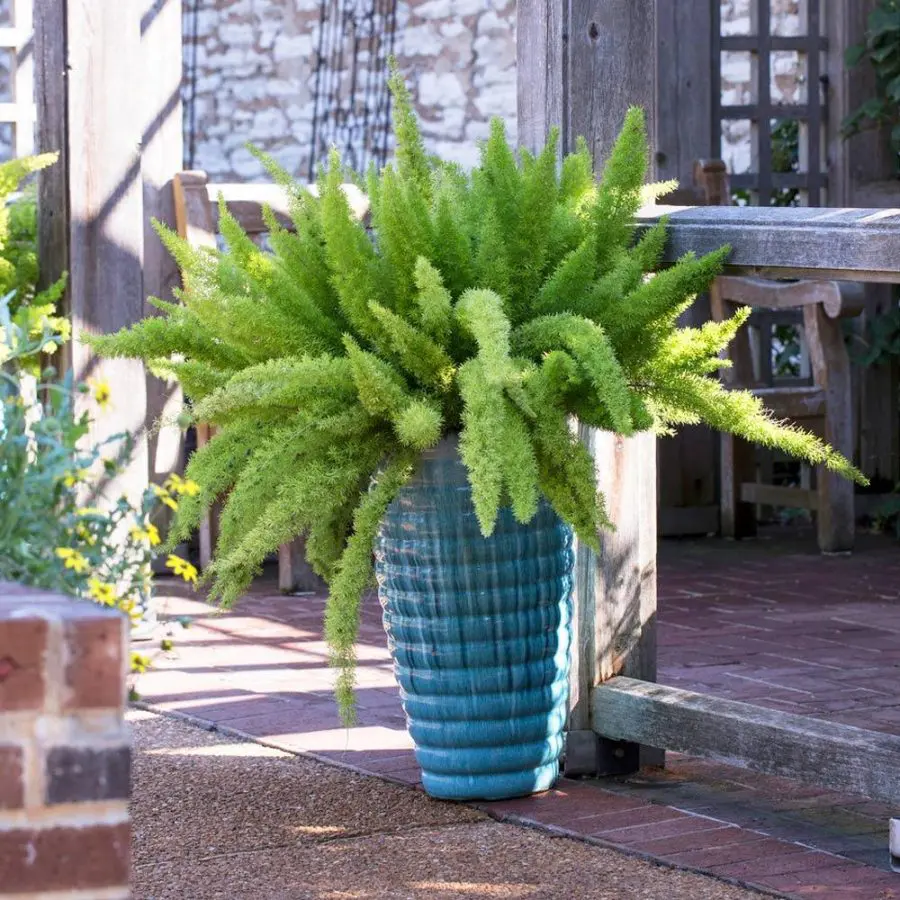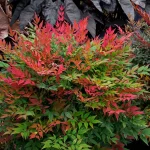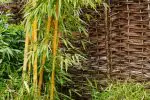This post contains affiliate links. If you buy something from one of our links we may earn a commission. Thanks
Pond pumps are the heart and soul of your koi pond. They perform several critical functions.
Just as you can not live if your heart stops beating, a koi pond will die without its pump.
Fish Pond Pumps Are Your Koi Ponds Lifeblood
Learn why fish pond pumps are critical to maintaining a healthy koi pond in this informative blog post.
Discover the different functions of pond pumps, how to choose the right size pump, and the best type of pump for your fish pond.
Get expert advice on maintaining a healthy pond ecosystem, calculating pond volume, and running your pond pump 24/7.
Building a koi pond or maintaining one without a pump is simply not possible.
Therefore it is not only essential to have a pump but it is equally important that it is reliable and keeps on running.
Your pond pump is the most important piece of equipment you will buy for your koi pond.
This is not a place where you want to cut corners or try to save money. I can not stress this enough.
Choosing the right pond pump will ensure a healthy pond for your koi. Knowing what your pump will need to do for your koi pond is very important.
Pond Pumps perform several different functions for your pond. You may not require your pump to perform all of them. But most likely you will.
What Pond Pumps Do For Your Koi Pond
The main function of pond pumps is to provide water circulation. Just as we require our blood to flow to stay alive so must the water in a pond circulate for a living pond. Without circulation, a sparkling clear koi pond quickly becomes a rotten stagnant stink hole in which nothing can live.
Water circulation provides the oxygenation your koi need to breathe. It helps even out water temperatures and prevent inversion layers and prevents mosquitoes from breeding
Pond pumps are also required for filtration. Pond filters require water flow in order to remove waste and toxins from the pond.
Pond pumps are needed to run waterfalls or other water features. Waterfalls or fountains provide aeration and additional circulation. Some waterfalls also provide extra filtration for the pond as well.
Choosing Pond Pumps – Getting The SizeRight
Before buying any pump it is critical to know how much water circulation is required. An undersized pump will not only do a poor job but will also break down sooner.
Your pump needs to be able to circulate at least half the water volume of your pond every hour.
So if you have a 4,000-gallon pond you must have a pump that moves at least 2,000 gallons per hour.
If you have a waterfall, or the pump needs to lift water you will require more capacity.
It is always better to have a pump that exceeds your minimum requirements because real life is not always like theory and often unforeseen factors come into play.
Larger pond pumps will not have to work as hard, will last longer, and may even cost less to run.
How Much Water Is In Your Koi Pond?
You will need to find out how much water your pond holds to get the right size pump. If your pond is a square or a rectangle multiply the length x width x depth and then multiply that by 7.5 to get the number of gallons.
If your pond is circular a bit more math is required. You need to use 3.14 x radius x depth x 7.5 to get the gallons. If your pond is irregular in shape you may need to break it into several sections and then add everything up. This is a good starting point for determining pump size.
Other Factors That Can Affect The Size Of Your Pond Pump
Waterfalls and filters can add to the load on a pump. A long run of pipe with a lot of elbows or other fittings, or a high waterfall all will call for a larger pump.
Some koi ponds use a separate pump just for the waterfall to ensure adequate flow.
You will need to figure out how much water needs to flow through the weir to give the desired effect. Every inch on your waterfall weir will require 100 – 150 gph.
Once these factors are all considered you should have a good idea of what size pond pump you will need.
I think it is important to remember that these are at best estimates. I would recommend getting a pond pump at least 10 to 20% larger just to be on the safe side.
You can always reduce the output on pond pumps but you can never increase it.
FAQ
What pump is best for a fish pond?
The best pump for a fish pond will depend on the size of the pond and the desired water flow.
A pond pump with a higher flow rate and larger power rating will be necessary for larger ponds.
Typically external pumps are used for large koi ponds and submersible pumps are fine for smaller water gardens.
It’s important to choose a pump with a high enough flow rate to turn over the entire pond volume at least once per hour.
What size pump do I need for my pond?
The size of the pump needed for a pond will depend on the volume of the pond.
A general rule of thumb is to use a pump with a flow rate of at least 1,000 gallons per hour (gph) for every 100 square feet of surface area.
It should be able to turn over the pond volume once every hour.
What is the difference between a pond pump and a fountain pump?
A pond pump is used to circulate water in the pond and maintain a healthy ecosystem, while a fountain pump is used to create a decorative water feature such as a fountain or waterfall.
Fountain pumps are smaller and usually are submersible pumps.
Do pond pumps need to run 24 7?
To maintain a healthy pond ecosystem, it is recommended that the pump runs constantly to ensure proper water circulation and oxygenation if you have fish.
This will also help to prevent the buildup of harmful bacteria and promote the growth of beneficial bacteria and keep the water oxygenated.
Read more: Water Gardening for Beginners: 11 Tips For Successful Water Gardens








